Categories
The latest content
-

Customs Clearance & Import Regulations for Bulk Iranian Pinto Beans in EU, Middle East & Africa
..
-
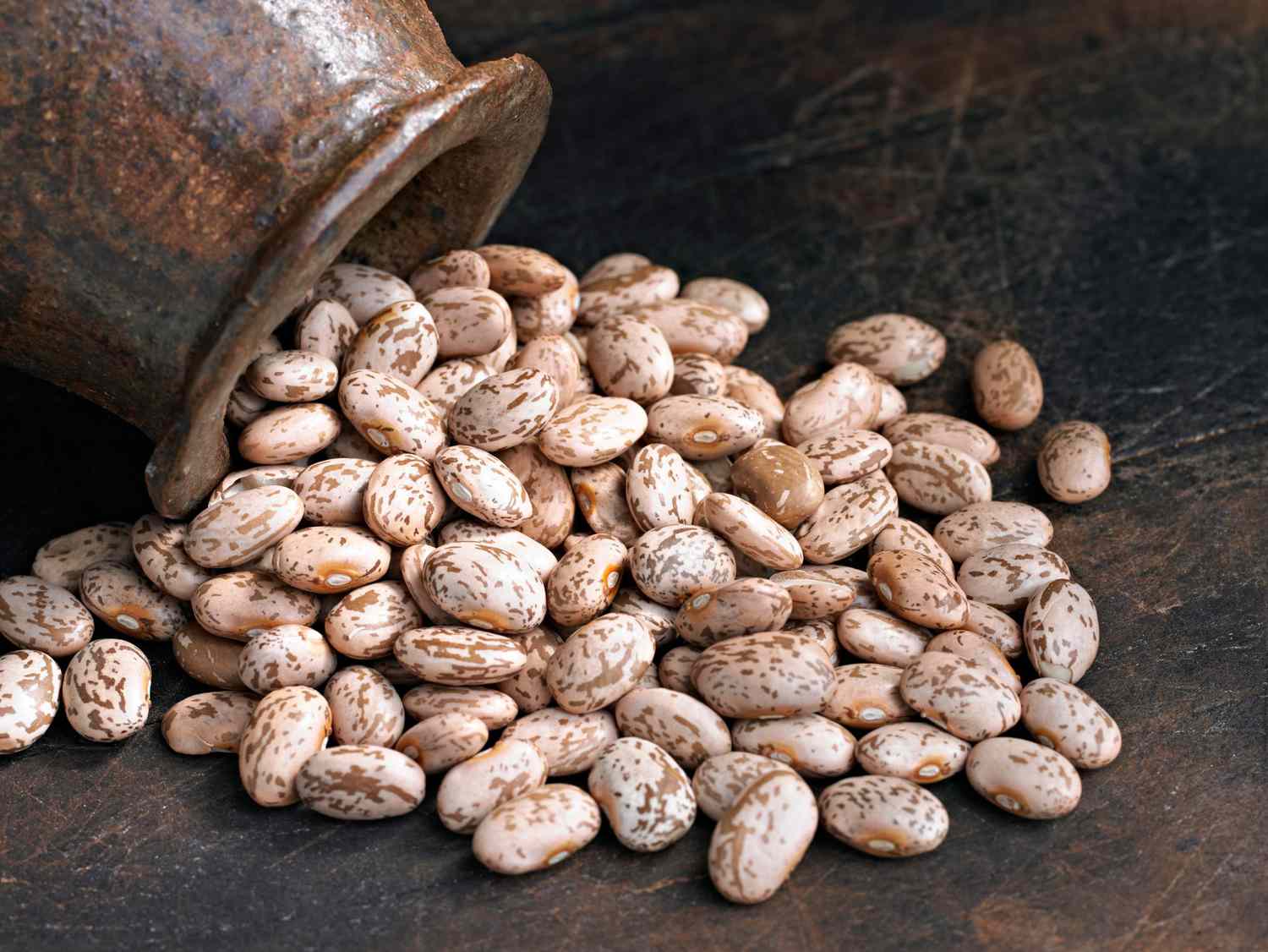
Quality Control & Laboratory Testing Standards for Iranian Pinto Beans
..
-
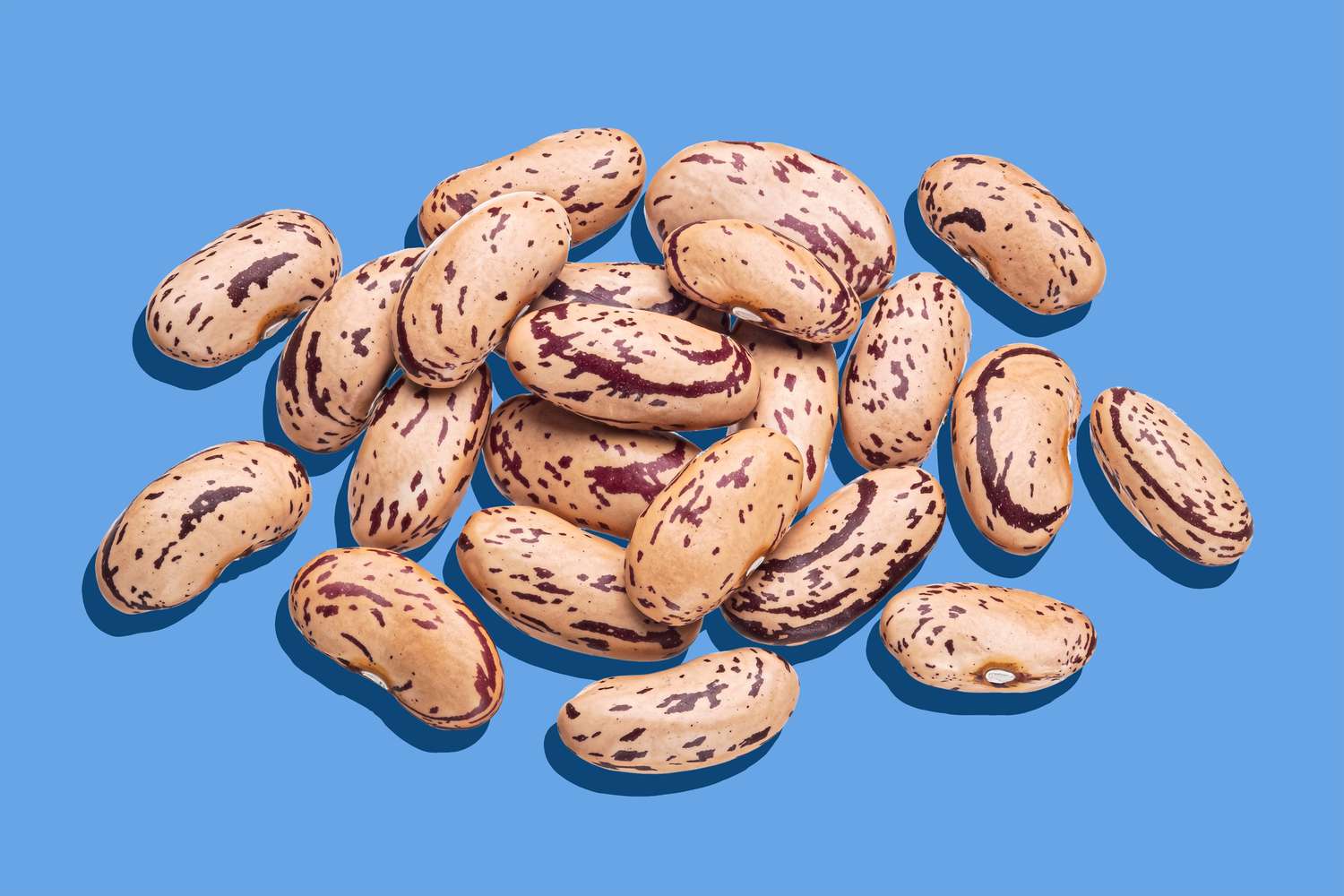
Logistics & Shipping Solutions for Bulk Iranian Pinto Bean Exports
..
-
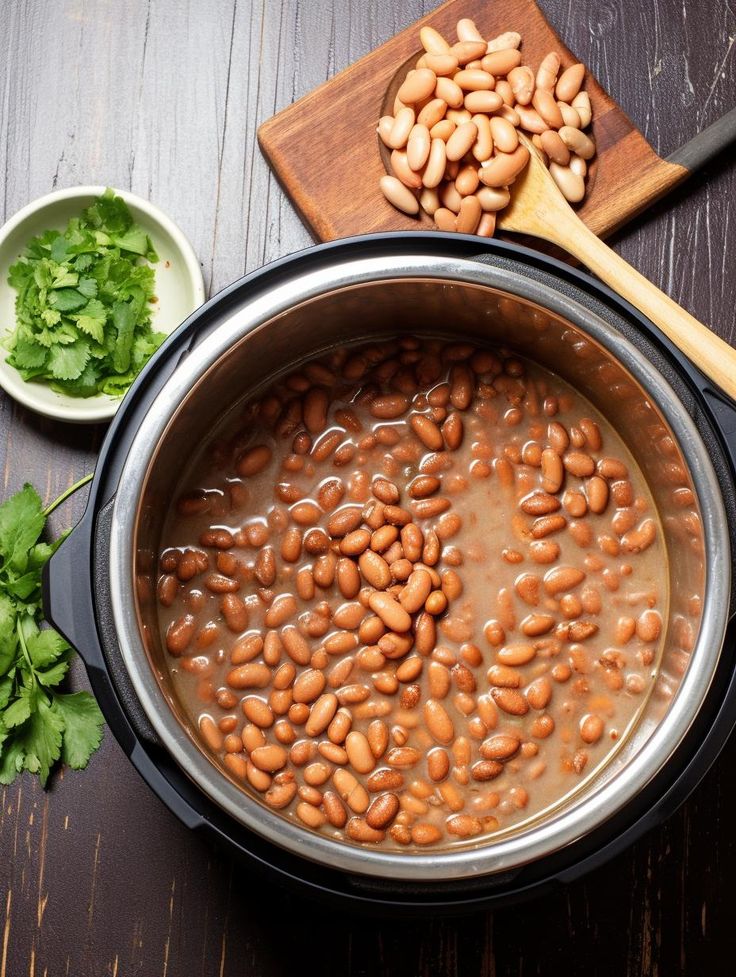
Minimum Order Quantity (MOQ) & Bulk Pricing for Iranian Pinto Bean Buyers
..
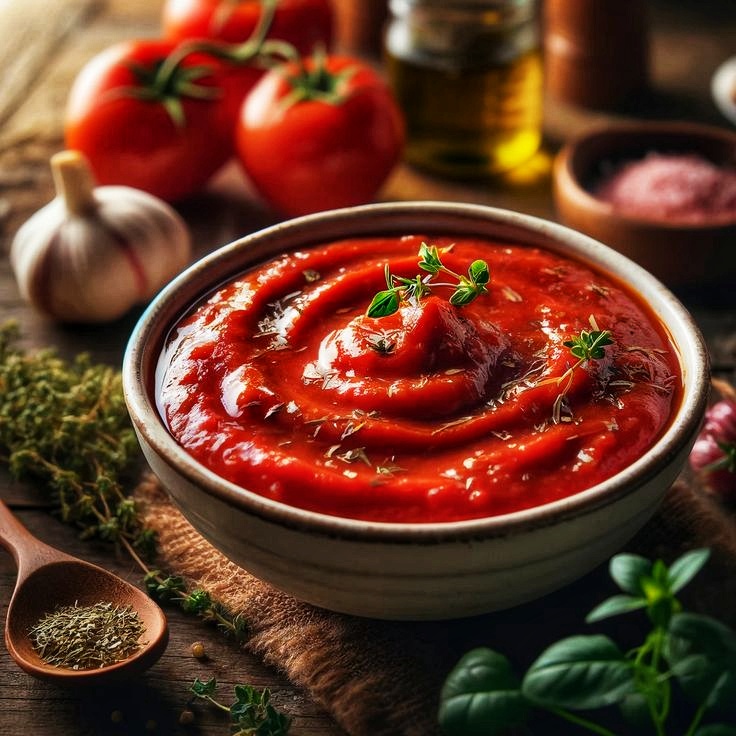
Tags
The Art of Cultivating Iranian Saffron: From Soil to Spice
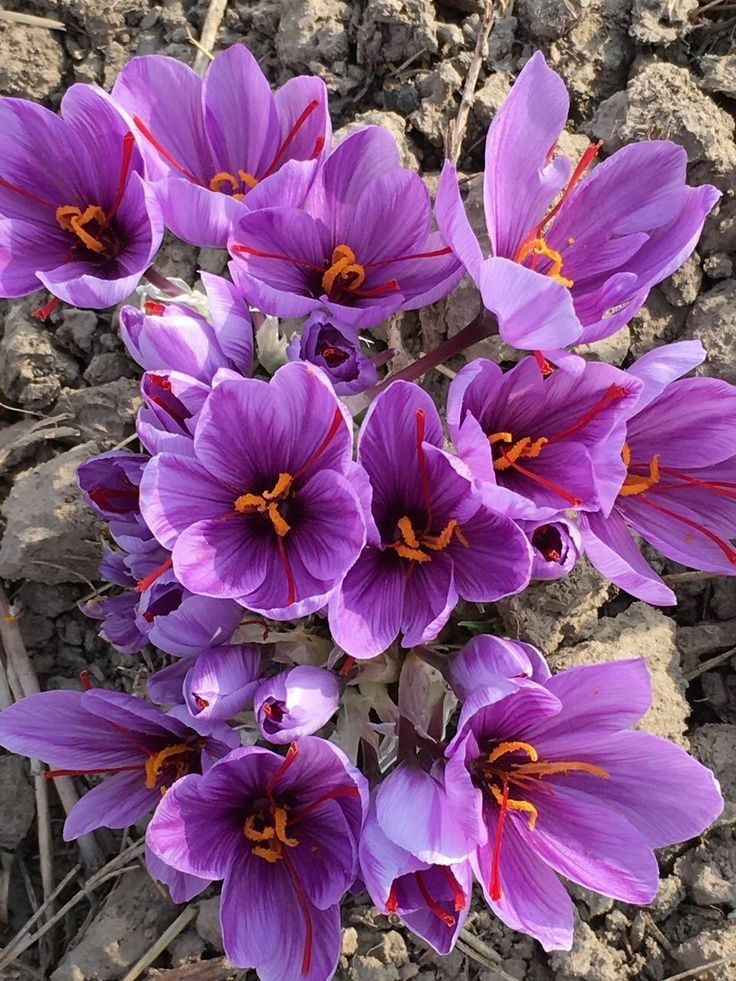
Saffron, known as the “red gold” of Iran, is one of the most sought-after spices in the world. With its vibrant color, distinct flavor, and numerous health benefits, Iranian saffron has earned its reputation as the highest quality saffron globally. This blog post takes you on a journey through the fascinating process of saffron cultivation in Iran, exploring its historical significance, ideal growing conditions, and the painstaking harvesting process.
1. A Brief History of Iranian Saffron
The cultivation of saffron in Iran dates back over 3,000 years, deeply intertwined with Persian culture and cuisine. Traditionally, saffron has been used not only as a spice but also in medicine, religious rituals, and art. Iran produces approximately 90% of the world’s saffron, with regions like Khorasan Province being particularly famous for their high-quality saffron.
2. Ideal Growing Conditions
Saffron crocus (Crocus sativus) thrives in specific climatic and soil conditions, which are abundant in Iran:
• Climate: Saffron requires a semi-arid climate with warm, sunny days and cool nights. This temperature variation enhances the flower’s quality and potency.
• Soil: Well-draining, loamy soils with a pH range of 6 to 8 are ideal for saffron cultivation. This type of soil allows the crocus corms to grow healthy while preventing waterlogging.
• Irrigation: While saffron is drought-resistant, it does benefit from controlled irrigation, particularly during its growth phase, which takes place in late summer and early fall. Farmers often use traditional irrigation techniques that have been passed down through generations.
3. Planting and Growing Saffron
The cultivation process begins with planting the saffron corms, usually in late summer. Here are the key steps involved:
• Corm Selection: Farmers carefully select healthy, disease-free corms for planting. Larger corms typically yield more flowers.
• Soil Preparation: The land is meticulously prepared by tilling the soil and adding organic compost to enhance fertility. Proper spacing is maintained between corms to allow for optimal growth.
• Planting: Saffron corms are planted 10-15 cm deep and spaced approximately 10 cm apart. After planting, the field is typically covered with mulch to suppress weeds and retain moisture.
• Maintenance: During the growing season, farmers monitor the fields for pests and diseases, ensuring that the corms receive adequate water without over-irrigating. Hand weeding is commonly practiced to maintain soil health.
4. The Harvesting Process
Harvesting saffron is an intricate and labor-intensive task that typically occurs in October and November when the saffron flowers bloom. The distinct steps include:
• Timing: Farmers wait for the flowers to bloom early in the morning when the delicate petals are just open, ensuring the highest quality saffron.
• Hand-Picking: Harvesters carefully hand-pick the flowers, gently twisting them at the base to avoid damaging the corms. Each flower produces three crimson stigmas, which are the saffron threads.
• Stigmas Separation: Once collected, the stigmas are delicately separated from the flowers. This step requires skill and precision to ensure no plant material is mixed in with the saffron.
• Drying: The separated stigmas are then dried in a controlled environment to preserve their flavor, color, and aroma. Proper drying is crucial, as it affects the quality and shelf life of the saffron.
5. Quality Control and grading
After drying, the saffron undergoes quality control, where it is graded based on color, aroma, and taste. High-quality Iranian saffron is known for its deep red color, strong fragrance, and rich flavor profile. Grades like Sargol and Negin are among the most sought-after by culinary experts and connoisseurs.
6. The Economic Impact of Saffron Farming
Saffron cultivation plays a vital role in the Iranian economy, particularly in rural areas. It provides farmers with a substantial income due to its high market value and demand. The labor-intensive nature of saffron harvesting creates job opportunities, supporting local communities.
Conclusion
The cultivation of Iranian saffron is a labor of love that combines tradition, artistry, and expertise. From the rich soil of Khorasan to the vibrant threads that elevate dishes worldwide, Iranian saffron represents not just a spice but a cultural heritage that has endured for millennia. As you savor the unique flavor of this precious spice, you can appreciate the meticulous efforts that go into bringing it from the field to your kitchen.



